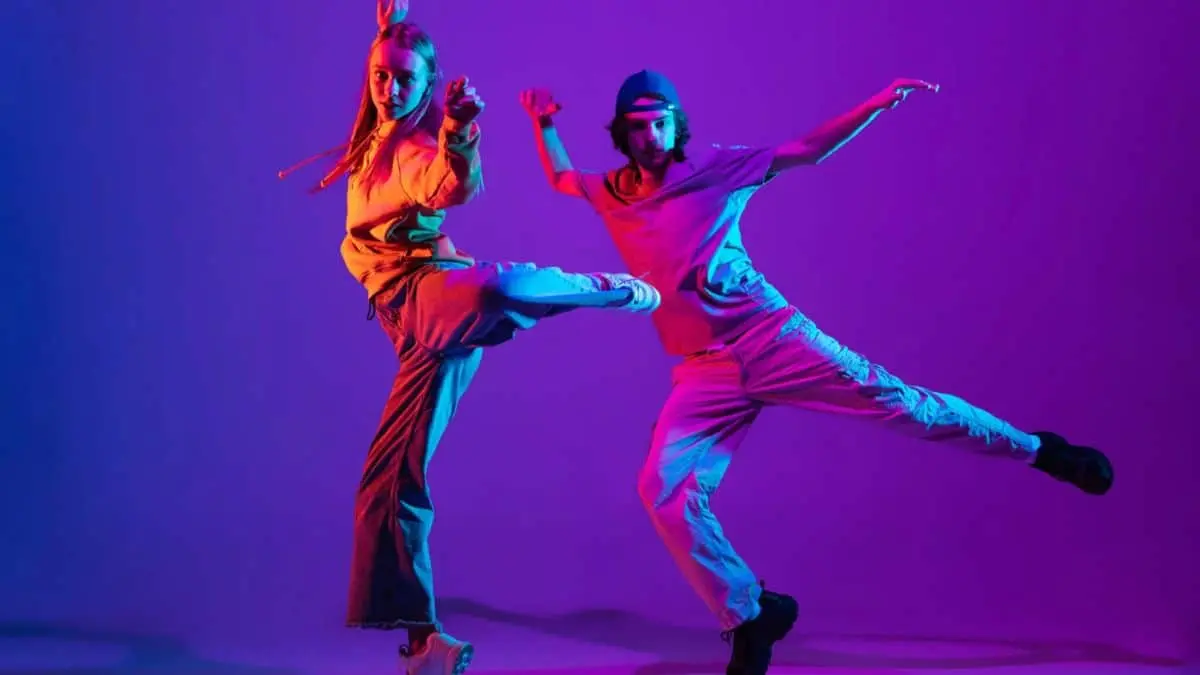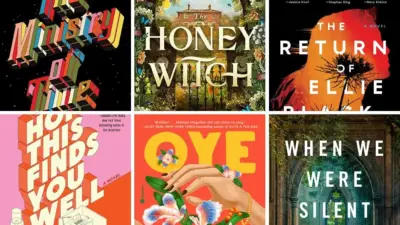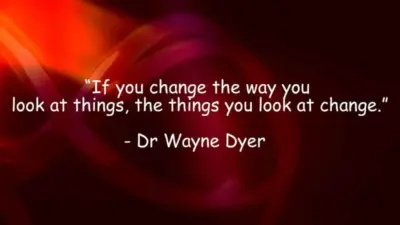Every year, dance enthusiasts around the globe celebrate International Dance Day, a special occasion dedicated to honoring the art of dance and its universal appeal across different cultures. This day serves not only to celebrate the physical and artistic expressions of dance but also to promote its role in education, cultural understanding, and social integration. In this post, we will delve into the details of International Dance Day, including its date, historical background, and significance.
What is International Dance Day?
International Dance Day is observed annually on April 29th. The date was chosen to mark the birthday of Jean-Georges Noverre (1727-1810), who is considered the father of modern ballet. The day was established in 1982 by the Dance Committee of the International Theatre Institute (ITI), the main partner for the performing arts of UNESCO. The aim was to encourage participation and education in dance through events and festivals held on this date all over the world.
Historical Background
Jean-Georges Noverre was a revolutionary figure in dance who advocated for meaningful expressions in ballet, moving it away from the formalized and often decorative court dances of the time. His writings and performances altered the course of ballet history, leading to a more expressive and narrative form of ballet known as ballet d’action, which emphasizes clear storylines and emotional expressiveness through dance.
The establishment of International Dance Day by the ITI was intended to reflect Noverre’s ideals and to bring greater recognition to the art of dance globally. Each year, the ITI and its worldwide network encourage all forms of dance to be showcased and celebrated, from ballet to hip-hop to traditional folk dances.

Importance of Dance
Dance is more than just an art form; it is a powerful means of communication and social integration, accessible to all. It transcends verbal language barriers and expresses ideas and emotions in ways words cannot. Here are a few reasons why dance holds such significance:
Cultural Expression
Dance serves as a vital expression of cultural identity and history. Each dance form has its roots in the history, traditions, and social mores of a people. From the intricate gestures of Bharatanatyam in India to the vigorous samba of Brazil, dance is a celebration of cultural heritage.
Education and Development
Dance education can greatly contribute to the physical and psychological development of individuals. It enhances coordination, balance, endurance, and flexibility. Additionally, it fosters creativity, teamwork, and critical thinking.
Health and Well-being
Dancing is an excellent physical workout that also has mental and emotional benefits. It has been shown to reduce stress, increase levels of serotonin, and improve mental health.
Social Change
Throughout history, dance has been used as a form of protest and a tool for social change. Dancers have used their art to make political statements, challenge societal norms, and bring communities together in times of social unrest.
Celebrating International Dance Day
On International Dance Day, dance companies, schools, universities, and other institutions organize events to highlight the cultural and educational importance of dance. These events include performances, workshops, lectures, and community dance events that are open to the public. The ITI also circulates a message from an outstanding choreographer or dancer each year, reflecting on the art of dance and its universal appeal.
Also Read: All glory comes from daring to begin



